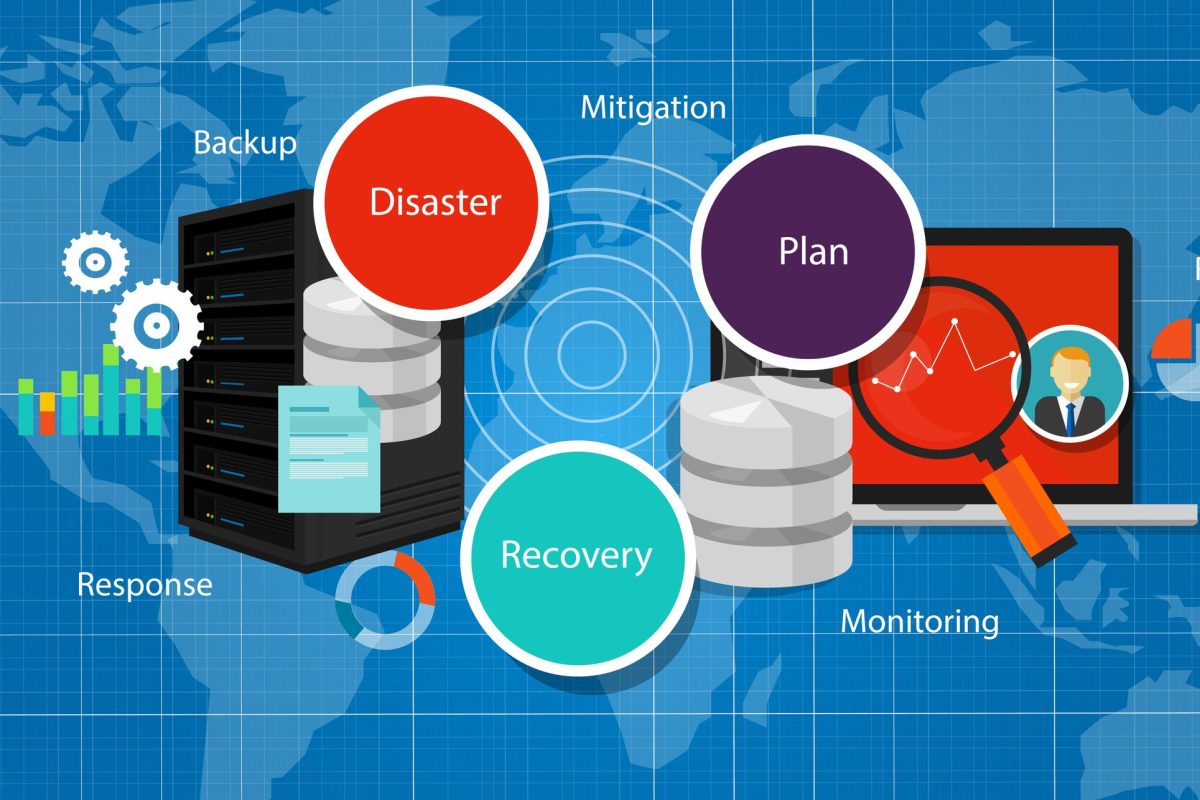The why and how of introducing a Business Continuity Management strategy
Business Continuity involves building resilience in your organisation by identifying its key products and services and the critical activities that underpin them, then devising strategies so that you can trade through a disruption and recover afterwards.
Most organisations recognise that they should have a Business Continuity plan in place but see it as too expensive and time consuming to address, however this doesn’t have to be the case.
The benefits of introducing continuity awareness within the company far outweigh the risks associated with just hoping bad things won’t happen (although statistically they will!). Companies are looking ever more carefully at their supply chain to identify potential weaknesses and are asking for evidence of a documented and tested strategy to prove service level agreements can be maintained in any event.
The biggest mistake is trying to do the whole process in one fell swoop which, if ever completed, is likely to be a huge document that is put on a shelf and ignored for a few years. By breaking the process down into simple manageable phases where you can tick off the “quick wins” and demonstrate progress you introduce a culture of ongoing review; it is vitally important to constantly update your recovery plans in line with business growth and operational changes.
Steps for Business Continuity Management:
- Carry out regular risk assessments and take steps to eliminate, or at least minimise, potential threats to the operation of your business.
- Consider possible scenarios and analyse their impact on your business – forewarned is forearmed.
- Compile an action plan of what should be done in order to maintain Business As Usual in any event. Put formal contracts in place which will enable fast recovery of vital operations.
- Document key business processes and ensure no critical activities can be done only by a single individual.
- Review the resilience of your suppliers and their capability to meet Service Level Agreements. Consider multiple sourcing to reduce reliance on a single supplier.
- Protect your company information and ensure it can be accessed or rapidly restored in any event without compromising on security.
- Carry out regular tests to prove you can continue to function should you lose access to your premises or vital services, or in the worst case, your entire business environment.
- Encourage all employees to get involved with the preparation and testing of Business Continuity plans so they buy in to the importance of keeping your business alive.
To discuss your Business Continuity strategy further please contact us.



